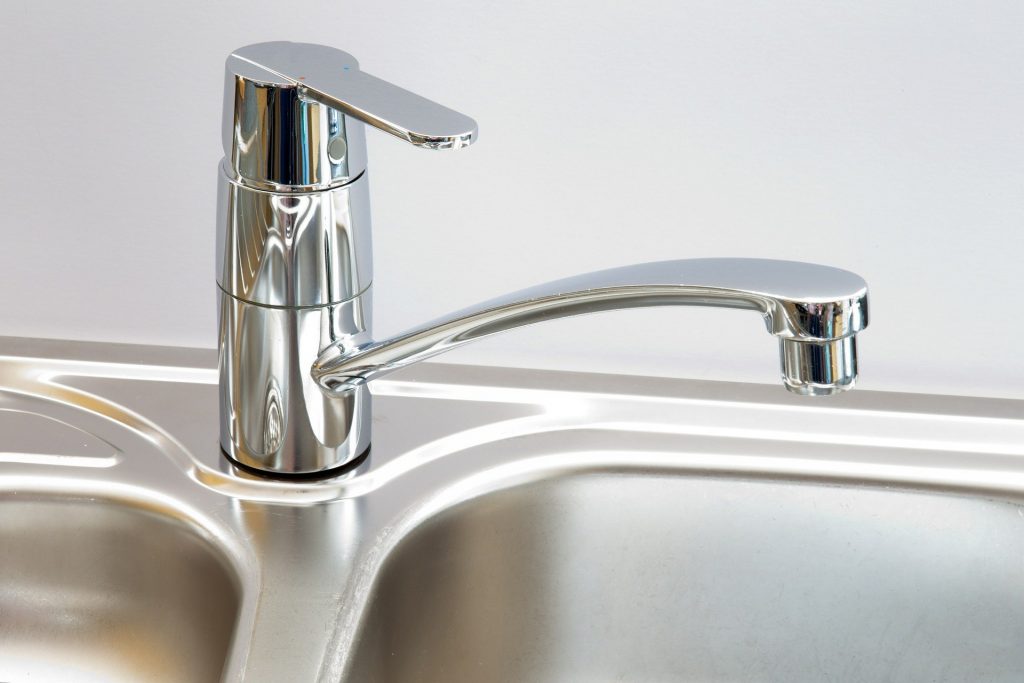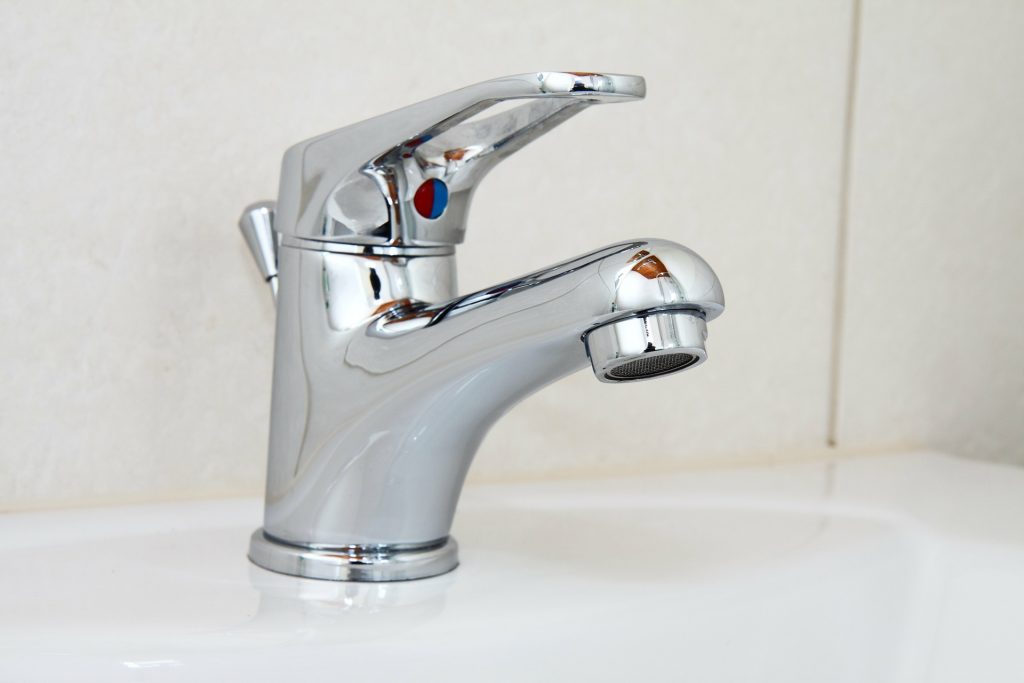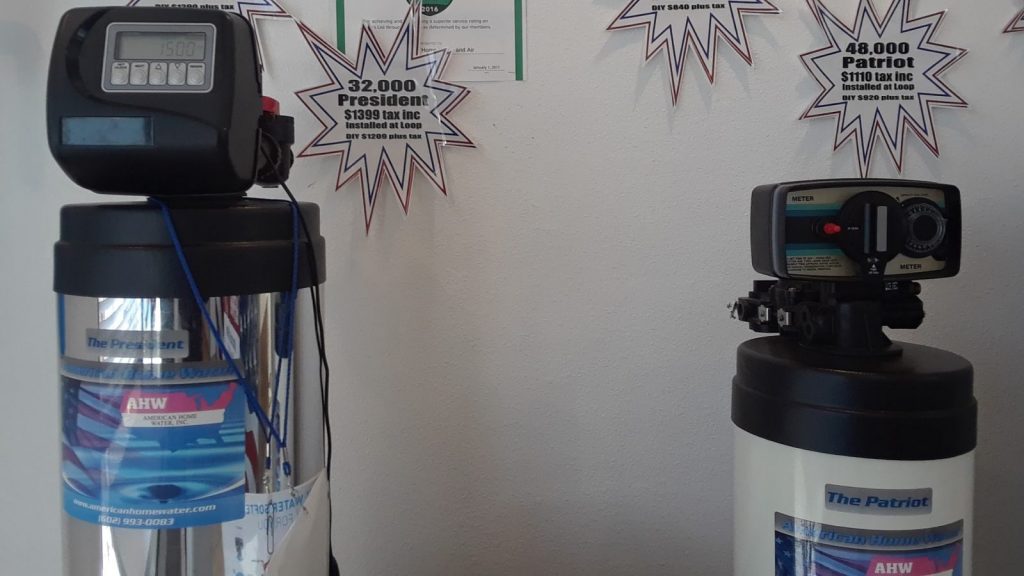Is it safe to drink soft water? Do you know how dangerous it is to use a faulty water softener? Not only are you drinking hard unfiltered water, but you’re also at risk of consuming the toxic substances that may pass through an “expired” water softener.
Can you drink tap water in Arizona? It is generally recommended that you avoid tap water as it could contain dangerous substances, however, if you have an up-to-date water softener in place, then it is generally safe to consume.
What is even more shocking, is the fact that most homeowners are not even keen when it comes to ensuring that regular maintenance routines are done. Yet, they expect their trusted devices to live on and keep serving them for decades.
So, how long does a water softener last? Somewhere around 10-15 years. However, very few water softeners actually hit the double-digit age.
Unlike other appliances that will clearly show when something is wrong, water softeners are ever-silent. It’s not shocking to come across a household that has been unknowingly using a faulty water softener for several years.
How do you know if your water softener is working? How do you know when your water softener needs to be replaced? Is a water softener worth it? What are the signs of a faulty water softener? What are some of the common unnoticeable problems in water softeners?
Read on to find the answers.
How to tell if your water softener is working properly

We’ll list some of the things you can check to figure out if your water softener is working.
1. Check if your “softened” water is still easy to lather
It’s one of those simple, but effective tests that will immediately let you know if your water softener is still working.
Take a bucket-full of water and add a reasonable amount of soap. Stir the mixture and see if the bubbles produced will be a lot or less than normal. Few bubbles are a sign that the water is hard to lather- A clear sign that your water softener is faulty or not working.
When lathering becomes hard, you’ll find that you’re forced to use more detergent when doing laundry. Or, more shampoo when taking a shower.
2. High-quality laundry work
Speaking of laundry, you need to be wary of the type of water you’re using for your laundry.
High-quality laundry is a sign that your water softener is still working. On the other hand, low-quality laundry is a sign that your laundry machine is back to using hard water- This will only happen if your water softener is not working.
Discolored, scratchy, stiff, and easily torn clothes are a sign that hard water is being used. The impurities in hard water will mess up your clothes’ fabric structure.
3. Clean pipes, faucets, toilet, tiles, and sinks
Hard water usually forms limescale on these surfaces- It’s an ugly-looking chemical compound that sucks the beauty and life from a home. Of course, this is only relevant depending in the area you live in. You may want to find out what type of water flows though your water system. you can use this water quality report for Maricopa as an example on how to find out what to expect in your local water.
The formation of limescale is a sure sign that hard water is being used in your household. In this case, your water softener is not working.
Limescale formation worsens in piping systems. Continuous passage of hard water in pipes will leave behind limescale residue that piles up over time. If you’re not careful, it might even block and damage your household’s pipe system.
4. You still experience the unique taste of soft water
People who prefer soft water to hard water know exactly what we’re talking about.
Soft water has a unique taste that greatly differs from hard water. Some say it has a dull taste and others like it. To many, hard water has a strong (almost salty) taste- Ths is because of the dissolved mineral ions found in hard water.
If you’re drinking soft water, be keen on its taste. A noticeable change is a sign that something is up with your water softener.
Next, we’ll be going through some of the common unnoticeable problems in water softeners. You need to spot them early enough before they fatally damage your water softener.
Common water softener problems
1. Leaks
It’s easy to live with leaks for years without spotting them. In fact, most water softener leaks aren’t as a result of damage- They’re brought about by poor installation, hence are easy to fix.
You need to inspect your entire system (especially for those with whole house water softening systems). Check the pipes, tanks, taps, and any other place you might suspect.
2. No regeneration cycles
Regeneration is a crucial process for water softeners. It’s when your water softener takes time to remove the “filtered” mineral ions that were removed from hard water during the softening process.
If a water softener fails to carry out its regeneration cycles, softening will no longer take place- You’ll end up with the hard water you’re trying so desperately to avoid. A sure sign of this is salty tasting water because of the high mineral ion concentration.
There is a special timer that lets your water softener know it’s time to regenerate- This is usually during the night- Times when water is least required in the household.
Every water softener has its way of letting you know that it’s about to carry out its regeneration cycle. Go through the manufacturer’s guide. It’s usually a specific sound that comes just before the process is initiated.
3. Low pressure
Probably the most annoying water softener problem to ever hit households.
Now, several things can cause this menacing problem.
An undersized water softening system: You need to be careful when shopping for a home water softener. Take time to calculate your household’s water consumption rate. It’s also worth taking into account factors like how big your house is. While you’re at it, take note of the water softener’s inlet and outlet pressure. Get a professional HVAC expert to help you with sizing. Take a look at some of the best water softeners in Phoenix.
Sediment blockages: This is usually a problem for water softeners with in-built filtering systems meant to trap sediments. However, if the filters are not changed regularly, they will cause a lot of blockages.
Iron-buildup: For those living in areas with very hard water, iron-build in the resin tank might be the reason why you’re receiving water at low pressure. Solve this by adding a mineral cleaner to the tank. In addition to that, you can increase the number of regeneration cycles your water softener does in a day.
4. Resin beads problems
Resins beads are normally expected to last as long as the water softener- That is why most people are most likely not going to see this one coming.
Sometimes resin beads get worn out earlier than expected, especially if you live in places with very hard water.
The first sure sign is the sight of floating particles on the resin tank.
Solve this problem by washing the resin tank and replacing the beads. Follow the manufacturer’s guide to avoid using incompatible beads.
Note: Just because your water softener is experiencing these problems doesn’t mean you should necessarily get a new one. Most of these problems can be easily solved without calling in a professional HVAC expert.
When you should you replace your water softener
Unless your water softener suddenly dies and won’t turn on no matter what you do, there isn’t a clear sign of when you need to replace your water softener. If your water softener stops working, you’re most likely just experiencing a water softener clog, which can be easily fixed.
However, we’d also advise you to go for a new system if your current water softener keeps crashing now and then. In such a case, it would be much cheaper if you spent money on a new system instead of constantly repairing an old one, especially if the water softener has already hit the 10-year mark. Lastly, water softener loop installation can prolong the lifespan of your water heaters and save a substantial amount on energy costs.
Call a professional if you’re not sure whether or not you should replace your old water softener with a new one. It is also highly advised that installing a water softener must be done by certified and licensed HVAC technician.
How to get your water softener to last longer (10+ years)
As mentioned earlier, very few water softeners manage to hit the 10-year mark.
Of course, there are a lot of factors that affect a water softener’s lifespan such as the overall quality of the system and use. However, there are some things you can do to make it last longer.
Maintenance- We hope you’re not tired of hearing this word. As simple as it sounds, that’s the only thing that will guarantee your water softener’s longevity.
Below are the most critical maintenance routines you should do.
- Regularly change your water softener’s filters.
- Never allow your water softener to completely run out of its regenerant.
- Size your water softener- Make sure it perfectly suits your household’s needs to avoid overworking the system.
- You should only refill the salt when it’s about ⅓ full. While you’re at it, remove any hardened salt-blocks stuck on the sides of the tank.
Conclusion
Contrary to what many people think, water softeners need a lot of care, especially if you want yours to last long enough with minimal issues.
Don’t forget about the regular maintenance routines that make sure the system stays healthy. We’d advise you to call over an HVAC professional at least once a year for thorough maintenance and maybe even consider a scale control water treatment system.
[related_posts_by_tax posts_per_page="3" format="thumbnails" image_size="medium"]









